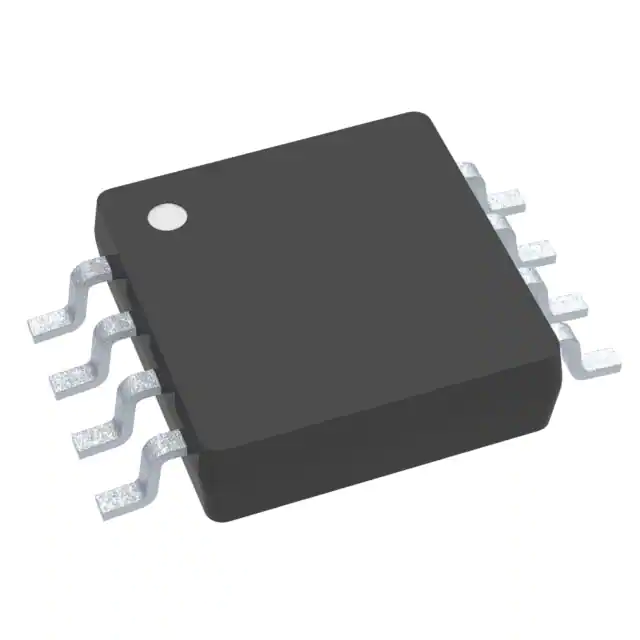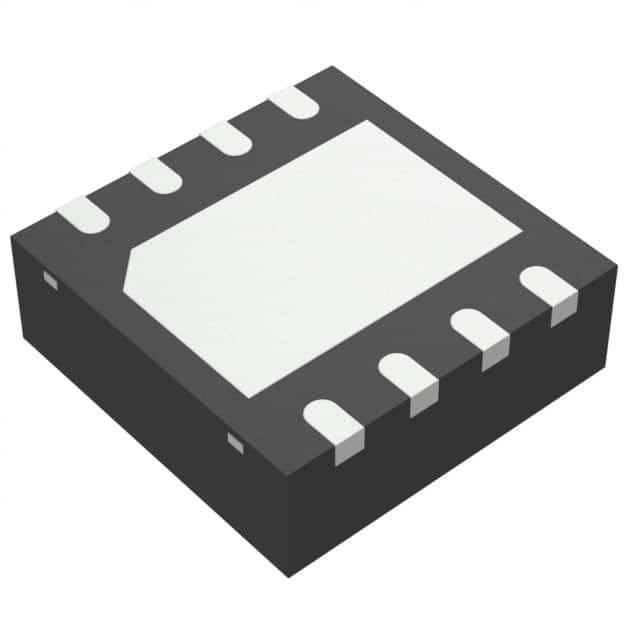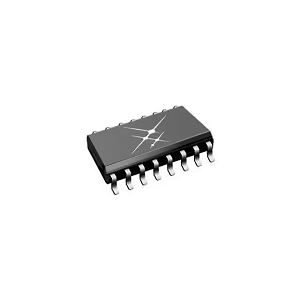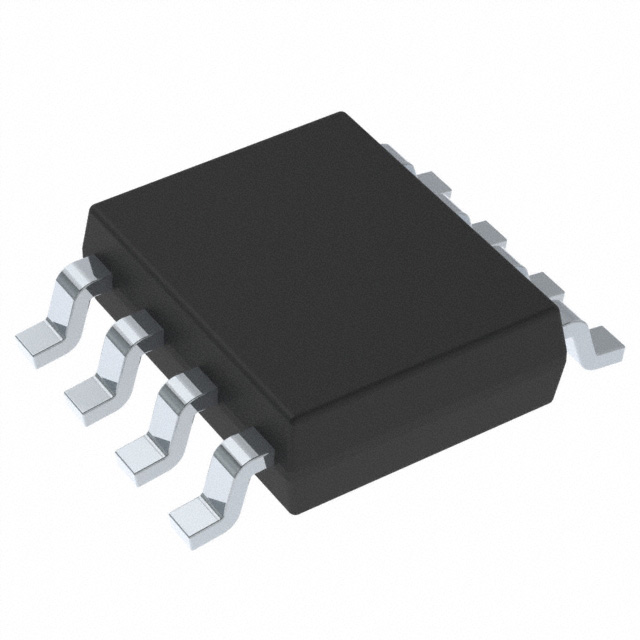LMV797MMX/NOPB (New&Original In Stock)Integrated Circuit Chips IC Electronics Trustable Supplier
LMV93x-N devices exhibit an excellent speed-power ratio, achieving 1.4-MHz gain bandwidth product at 1.8-V supply voltage with very low supply current. The LMV93x-N devices can drive a 600-Ω load and up to 1000-pF capacitive load with minimal ringing.
These devices also have a high DC gain of 101 dB, making them suitable for low-frequency applications.The single LMV93x-N is offered in space-saving 5-pin SC70 and SOT-23 packages. The dual LMV932-N are in 8-pin VSSOP and SOIC packages and the quad LMV934-N are in 14-pin TSSOP and SOIC
packages. These small packages are ideal solutions for area constrained PC boards and portable electronics such as mobile phones and tablets.
Product Attributes
|
TYPE |
DESCRIPTION |
|
Category |
Integrated Circuits (ICs) Linear - Amplifiers - Instrumentation, OP Amps, Buffer Amps |
|
Mfr |
Texas Instruments |
|
Series |
- |
|
Package |
Tape & Reel (TR) Cut Tape (CT) Digi-Reel® |
|
SPQ |
1000T&R |
|
Product Status |
Active |
|
Amplifier Type |
General Purpose |
|
Number of Circuits |
2 |
|
Output Type |
Rail-to-Rail |
|
Slew Rate |
0.42V/µs |
|
Gain Bandwidth Product |
1.5 MHz |
|
Current - Input Bias |
14 nA |
|
Voltage - Input Offset |
1 mV |
|
Current - Supply |
116µA (x2 Channels) |
|
Voltage - Supply Span (Min) |
1.8 V |
|
Voltage - Supply Span (Max) |
5.5 V |
|
Operating Temperature |
-40°C ~ 125°C (TA) |
|
Mounting Type |
Surface Mount |
|
Package / Case |
8-TSSOP, 8-MSOP (0.118", 3.00mm Width) |
|
Supplier Device Package |
8-VSSOP |
|
Base Product Number |
LMV932 |
Selection and Application
Selection and application of amplifiers.
There are many categories and varieties of integrated operational amplifiers, which should be selected reasonably and used in accordance with the actual requirements of use.
(1) Try to use general-purpose integrated operational amplifiers. When a system uses multiple operational amplifiers, as far as possible to use multiple operational amplifier integrated circuits, such as LM324, LF347, etc. are four operational amplifiers packaged together in an integrated circuit.
(2) The actual choice of an integrated operational amplifier, but also consider the nature of the signal source (is a voltage source or current source), the nature of the load, integrated operational amplifier output voltage and current to meet the requirements, environmental conditions, integrated operational amplifier allowed to work range, operating voltage range, power consumption and volume and other factors to meet the requirements. For example, for amplifying AC signals such as audio and video, it is more appropriate to choose an operational amplifier with a large conversion rate; for processing weak DC signals, it is more appropriate to choose an operational amplifier with high accuracy (i.e., the detuning current, detuning voltage, and temperature drift are relatively small).
(3) Before use, it is necessary to understand the categories and electrical parameters of integrated operational amplifiers, and to clarify the package form, external lead arrangement, pin wiring, power supply voltage range, etc.
(4) The de-vibration network should be connected as required, taking into account the bandwidth on the premise of being able to de-vibrate.
(5) The integrated operational amplifier is the core of the electronic circuit, in order to reduce damage, appropriate protection measures should be taken.
Indicators and Guidelines
Operational amplifier selection indicators and application design guidelines
In practice, general-purpose operational amplifiers should be used as far as possible, because they are easy to obtain and cost-effective, only when the general-purpose type can not meet the requirements, can use special type, which can reduce costs, but also easy to ensure the supply.
With the development of mature technology, the application of operational amplifiers is becoming more and more widespread, and in the face of different types of operational amplifiers, there are some common technical instructions for their selection. This is to choose to meet the requirements, but also to save data sources played a great role. Commonly used selection indicators are:
The first step is to choose the voltage. As most amplifiers produced for industrial applications are ±15V, but considering that they are to be developed for handheld devices operating at 3V (or below 5V), this ±15V series can be excluded. In addition, the decision on which package and price should be based on the requirements.
Precision Mainly related to the variation of the input detuning voltage (Vos) and its relative temperature drift as well as PSRR and CMRR.
Gain Bandwidth Product (GBW) The gain bandwidth of a voltage feedback type gain op-amp determines the useful bandwidth in a given application.
Power consumption (LQ requirement) An important issue in many applications. As operational amplifiers have the potential to have a significant impact on the power distribution of the entire system, quiescent current is a critical design consideration, especially in battery-powered applications.
The input bias current (LB) can be influenced by the source or feedback impedance and can result in detuning errors. Applications with high source impedance or high impedance feedback elements (such as transimpedance amplifiers or integrators) often require low input bias currents; FET inputs and CMOS op amps generally provide very low input bias currents.
The package size depends on the application and the op-amp is selected to suit the requirements of the package.
Advantages
Advantages of general purpose op amps
The main advantages are low price, moderate specifications and a wide range of product options.
Applications
Applications of general purpose op amps
Because of their own characteristics, they are used in a wide range of applications. The main applications are where the technical requirements are moderate. To meet the needs of work, economic and practical prevail. General purpose integrated op amps are suitable for amplifying low frequency signals.












